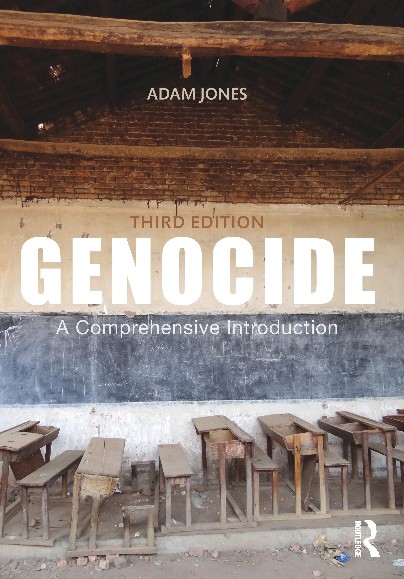 |
| "A girl in Putis, where at least 19 of the bodies recovered from the 1984 massacre were of children." (Tomas Munita/The New York Times) |
By William Neuman
The New York Times, May 26, 2012
"During a scorched earth military campaign that threatened to topple the government here, the Maoist guerrilla group known as the Shining Path terrorized Peru with assassinations, bombings, beheadings and massacres. So Peruvians were rattled last year when a group of former guerrillas began collecting signatures to create a political party to participate in the democratic process they had once sought to destroy. Among their goals was an amnesty for crimes committed during the war, which lasted from the early 1980s to 2000; it would allow the release of jailed Shining Path leaders, including the group's reviled founder, Abimael Guzmán Reynoso. More than a decade after the struggle largely ceased, the rebels' attempt to move into politics has stirred emotions that are still raw and reopened a searing national debate on what the war meant and how to move on. 'We are at this moment in a fight over what to remember and how to remember,' said José Pablo Baraybar, executive director of the Peruvian Team for Forensic Anthropology, which has exhumed bodies from several mass graves from the war years. What alarmed many Peruvians about the Shining Path's effort to reinvent itself was that many of the hundreds of thousands of signatures the former guerrillas collected came from college students too young to recall the turmoil of the war. Driving home the point, a television station broadcast interviews with young people who were unable to identify a photograph of Mr. Guzmán, whose bearded face was once as recognizable as that of the president. 'It showed that many young people don't know anything about what happened,' said Fernando Carvallo, national director of the Place of Memory, a three-story museum being built in Lima to commemorate the conflict. In a sign of how deep the wounds remain, even a project intended to be as evenhanded as this one was initially opposed by the previous president, Alan García, and has depended on foreign financing, mainly from Germany and the European Union. In January, election officials rejected the effort to create a new Shining Path-linked party, ruling that the group adhered to anti-democratic principles and had failed to meet some technical requirements of the election law. ... Part of the difficulty here is that both sides, the Shining Path and the government forces, were responsible for horrific abuses. That makes the process of agreeing on what happened more complex than it was in countries like Chile or Argentina, which have tried to come to terms with human rights abuses committed by military dictatorships.
Most discussions of how to memorialize the war in Peru begin with the 2003 report of a government-sponsored Truth Commission, which estimated that more than 69,000 people had died in the conflict. The commission concluded that close to half the deaths were caused by the Shining Path and almost a third by government forces. The rest were attributed to various armed groups, including paramilitary forces, another rebel group and village self-defense patrols. Alfredo Crespo, a lawyer for Mr. Guzmán, the Shining Path leader, disputed the panel's conclusions, saying that the numbers were inflated and that the government bore responsibility for most of the bloodshed. He said Mr. Guzmán, who was arrested in 1992 and is serving a life sentence, had paid his debt and should be freed. 'There comes a moment after the war ends when you have to suppress the pain and think about the future of Peruvian society,' Mr. Crespo said. 'You have to heal the wounds and begin a process of national reconciliation.' [...]"














Wow. That's chutzpah.
ReplyDelete